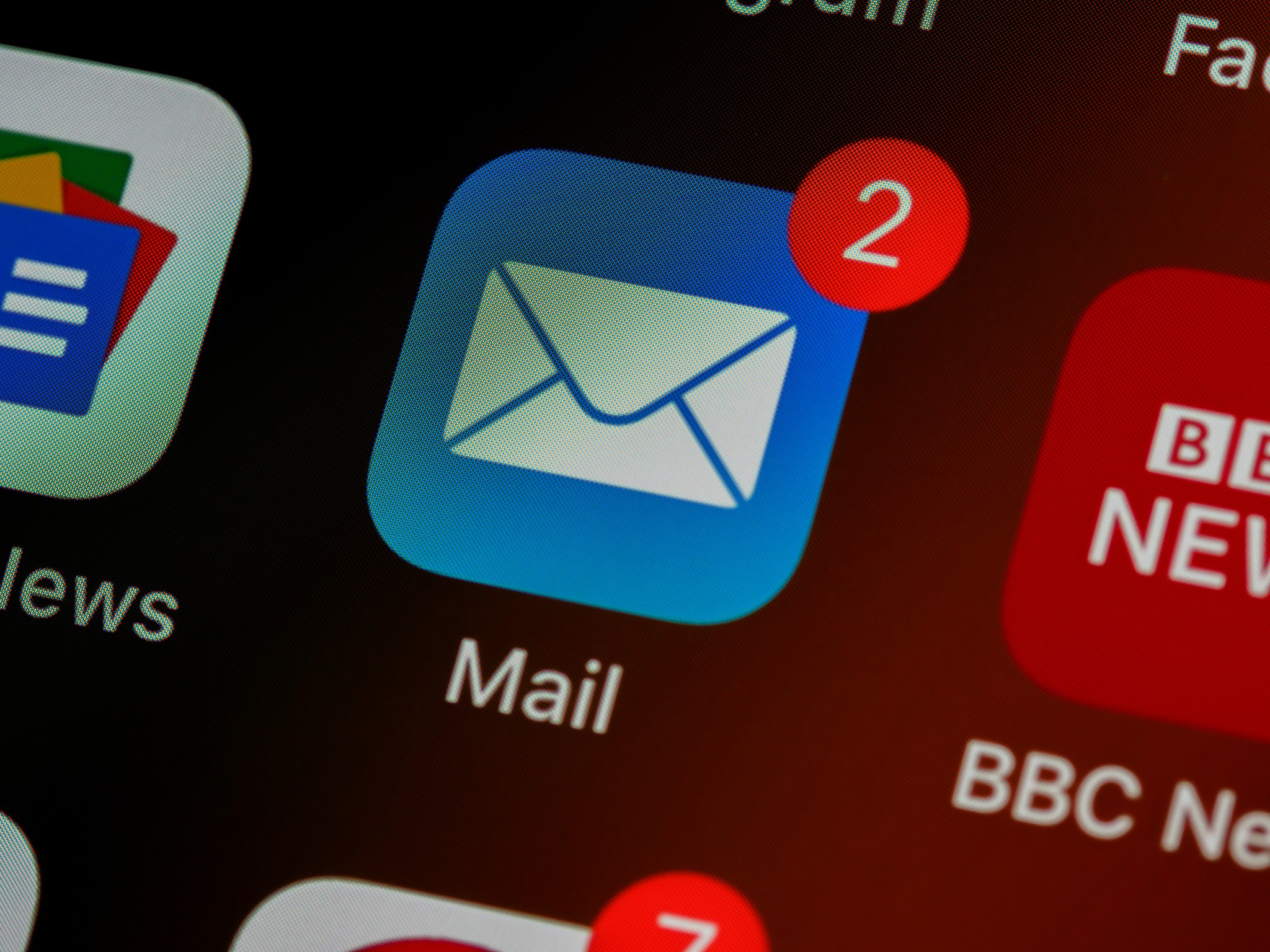Paid Advertising: Maximizing ROI with Google Ads and Facebook Ads
This article explores the power of paid advertising with Google Ads and Facebook Ads and provides strategies for maximizing return on investment (ROI).
In today's competitive digital landscape, paid advertising has become a crucial component of many businesses' marketing strategies. With platforms like Google Ads and Facebook Ads offering sophisticated targeting options and powerful analytics, businesses can reach their target audience with precision and efficiency, driving traffic, leads, and sales. In this article, we'll explore the power of paid advertising and share strategies for maximizing return on investment (ROI) with Google Ads and Facebook Ads.
The Benefits of Paid Advertising
Paid advertising offers several key benefits for businesses looking to increase their online visibility and drive results:
Targeted Reach: Paid advertising platforms allow businesses to target their ads to specific demographics, interests, behaviors, and geographic locations, ensuring that their message reaches the right audience.
Immediate Results: Unlike organic methods like search engine optimization (SEO) or content marketing, which can take time to yield results, paid advertising offers immediate visibility and traffic to your website or landing pages.
Measurable ROI: Paid advertising platforms provide robust analytics and reporting capabilities, allowing businesses to track key performance indicators (KPIs) such as impressions, clicks, conversions, and return on ad spend (ROAS).
Understanding Google Ads and Facebook Ads
Google Ads and Facebook Ads are two of the most popular paid advertising platforms, each offering unique advantages and targeting options:
Google Ads: Formerly known as Google AdWords, Google Ads allows businesses to create text-based search ads, display ads, video ads, and shopping ads that appear on Google's search results pages, partner websites, and YouTube. Google Ads is particularly effective for capturing high-intent search traffic and driving leads or sales.
Facebook Ads: Facebook Ads allows businesses to create highly visual and engaging ads that appear in users' news feeds, Instagram feeds, Stories, and across Facebook's network of partner apps and websites. With advanced targeting options based on demographics, interests, and behaviors, Facebook Ads is ideal for reaching specific audience segments and building brand awareness.
Strategies for Maximizing ROI
To maximize ROI with Google Ads and Facebook Ads, businesses should consider the following strategies:
Define Clear Goals: Start by defining clear, measurable goals for your advertising campaigns, whether it's to drive website traffic, generate leads, increase sales, or promote brand awareness. Align your campaign objectives with your overall business goals to ensure success.
Target the Right Audience: Use detailed targeting options to reach your ideal audience on Google Ads and Facebook Ads. Leverage audience segmentation based on demographics, interests, behaviors, and remarketing to deliver personalized messages that resonate with your target audience.
Create Compelling Ad Creative: Develop high-quality ad creative that grabs attention, communicates your value proposition, and encourages action. Test different ad formats, images, headlines, and calls to action to optimize performance and maximize engagement.
Optimize for Conversions: Focus on optimizing your campaigns for conversions by tracking key actions on your website, such as form submissions, purchases, or sign-ups. Use conversion tracking and optimization techniques like bid adjustments, ad scheduling, and ad rotation to maximize the effectiveness of your ads.
Monitor Performance and Iterate: Continuously monitor the performance of your advertising campaigns using analytics tools provided by Google Ads and Facebook Ads. Track key metrics like click-through rates (CTRs), conversion rates, cost per acquisition (CPA), and return on ad spend (ROAS). Use this data to identify areas for improvement and make data-driven optimizations to your campaigns.
Conclusion
Paid advertising offers businesses a powerful way to increase their online visibility, reach their target audience, and drive results. By understanding the unique advantages of platforms like Google Ads and Facebook Ads and implementing strategic tactics and strategies, businesses can maximize their ROI and achieve their marketing and sales goals in today's competitive digital landscape.
So, whether you're looking to capture high-intent search traffic with Google Ads or build brand awareness and engagement with Facebook Ads, investing in paid advertising can yield significant returns for your business and help you stay ahead of the competition.




